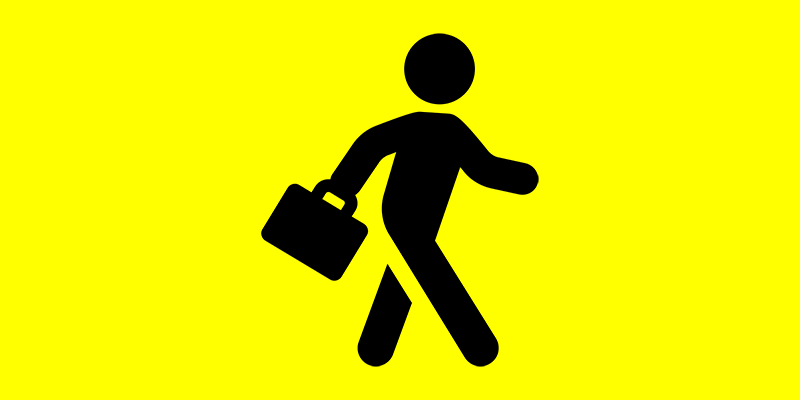Day 3: AI and Job Displacement
Welcome back to our blog series on AI and job displacement. In our previous posts, we explored the fundamentals of artificial intelligence and examined historical perspectives on technological advancements and their impact on employment. Today, we’ll delve deeper into the nuances of AI and automation, distinguishing between these concepts and exploring their implications for the future of work.
Defining AI and Automation
Artificial intelligence (AI) refers to the ability of machines to perform tasks that typically require human intelligence, such as learning from data, recognizing patterns, and making decisions. AI technologies encompass a wide range of applications, from virtual assistants like Siri and Alexa to sophisticated machine learning algorithms used in predictive analytics and autonomous vehicles.
On the other hand, automation involves the use of technology to perform tasks with minimal human intervention. While automation has been around for centuries, AI-powered automation represents a significant advancement, enabling machines to perform complex tasks previously thought to be exclusive to humans.
Types of Automation
Automation can be categorized into several types, each with its own implications for the workforce:
- Robotic Process Automation (RPA): RPA involves the use of software robots to automate repetitive, rule-based tasks such as data entry and document processing. RPA can increase efficiency and accuracy in tasks traditionally performed by humans, leading to cost savings for organizations.
- Cognitive Automation: Cognitive automation refers to the use of AI technologies such as machine learning and natural language processing to automate cognitive tasks that require human-like intelligence. Examples include automated customer service chatbots and virtual assistants that can understand and respond to natural language queries.
- Industrial Automation: Industrial automation involves the use of robots and other advanced technologies to automate manufacturing processes such as assembly, welding, and packaging. Industrial robots can perform tasks with speed and precision, reducing the need for human labor in repetitive and hazardous environments.
Implications for the Workforce
The rise of AI-powered automation has raised concerns about the future of work and the potential for job displacement. While automation can lead to increased productivity and efficiency, it may also result in the displacement of certain jobs, particularly those that involve routine, repetitive tasks. However, automation can also create new job opportunities in emerging industries such as AI development, data science, and robotics.
Conclusion
In today’s blog post, we’ve explored the nuances of AI and automation and their implications for the future of work. While AI-powered automation holds the promise of increased productivity and efficiency, it also raises important questions about job displacement and the need for workforce reskilling and upskilling. Join us tomorrow as we delve into the current landscape of job displacement and examine the industries most affected by AI-driven automation.
